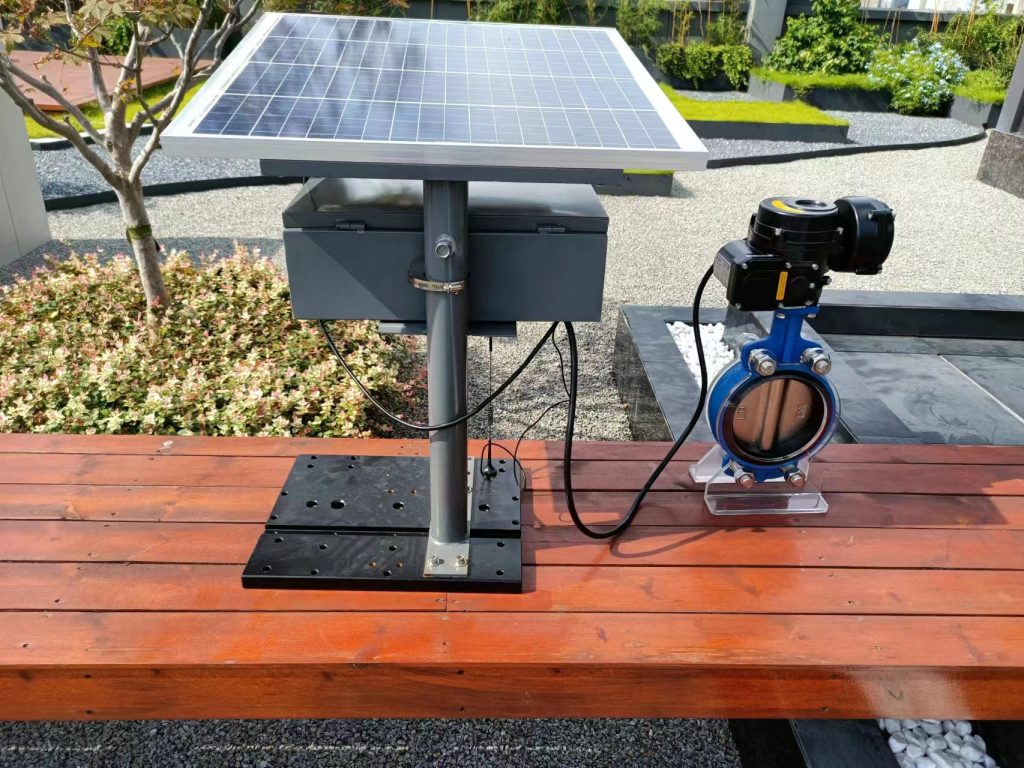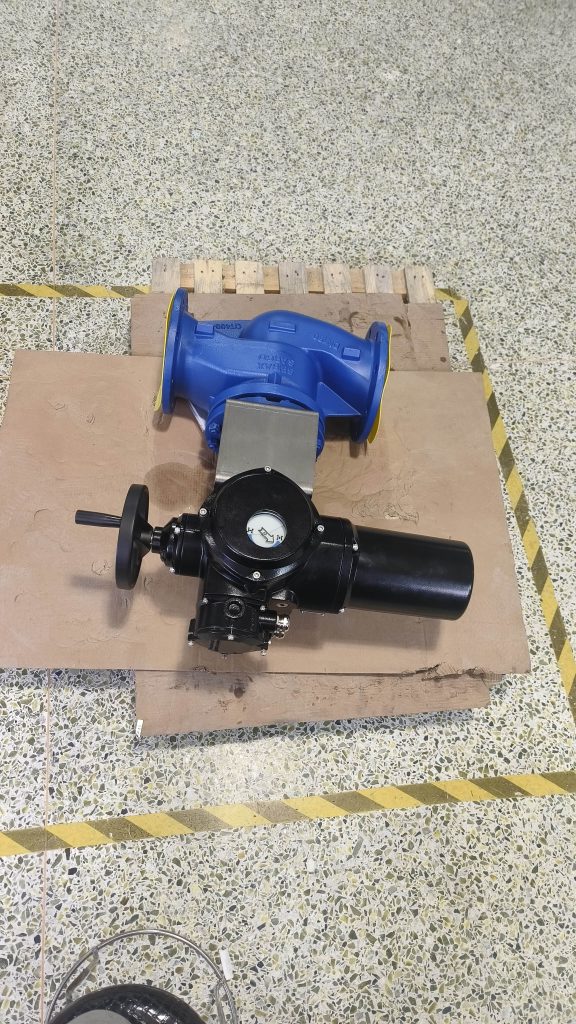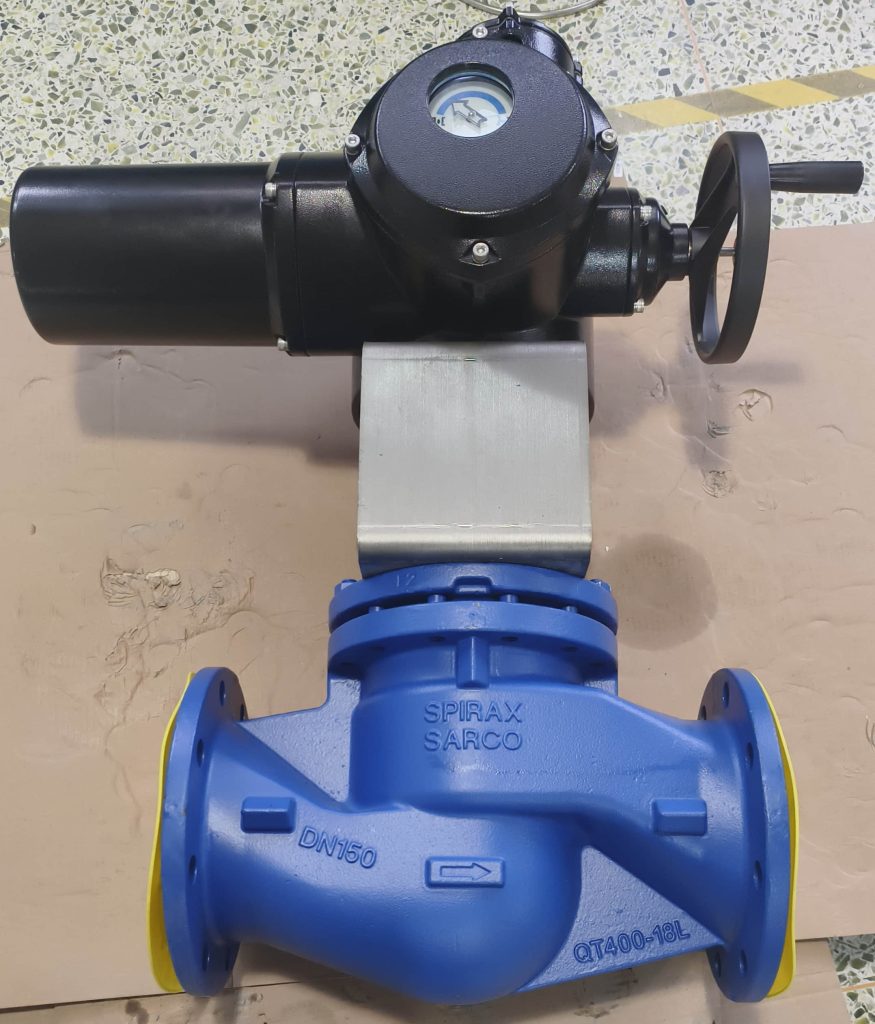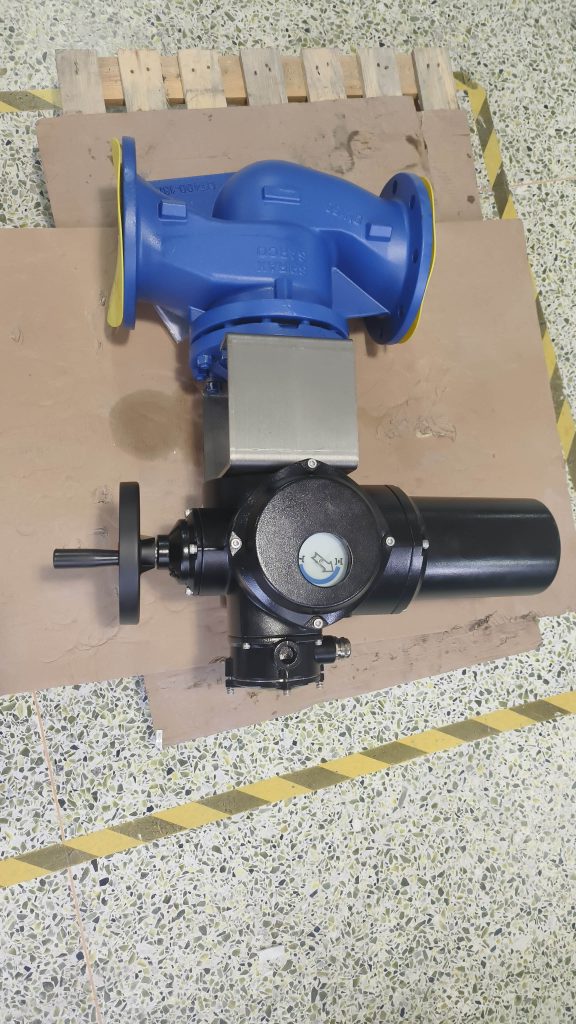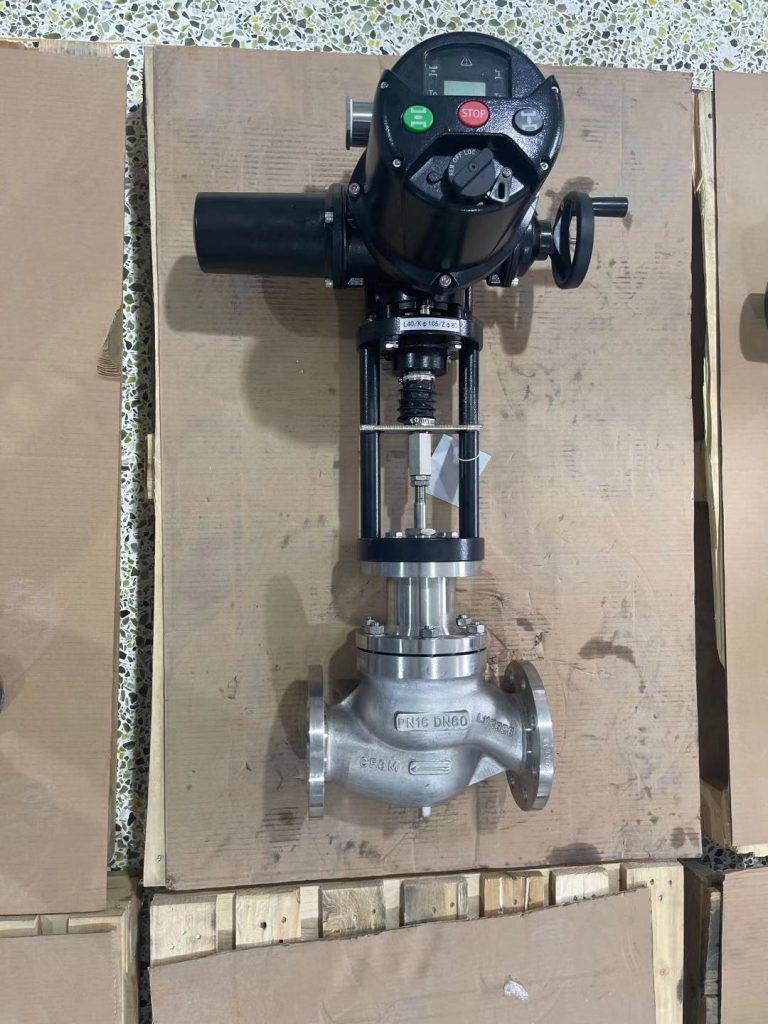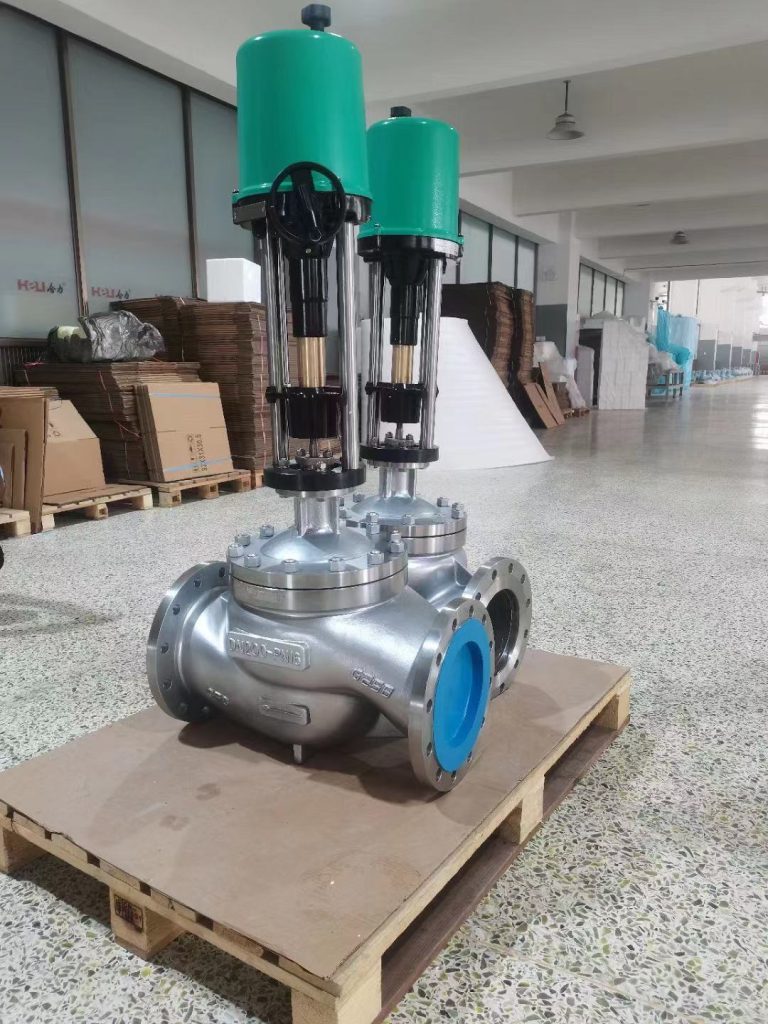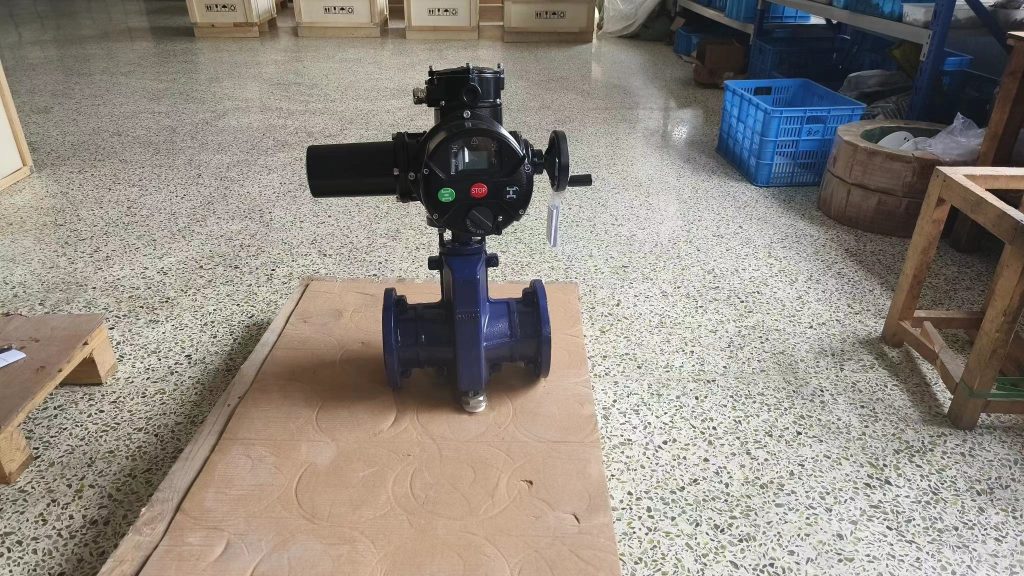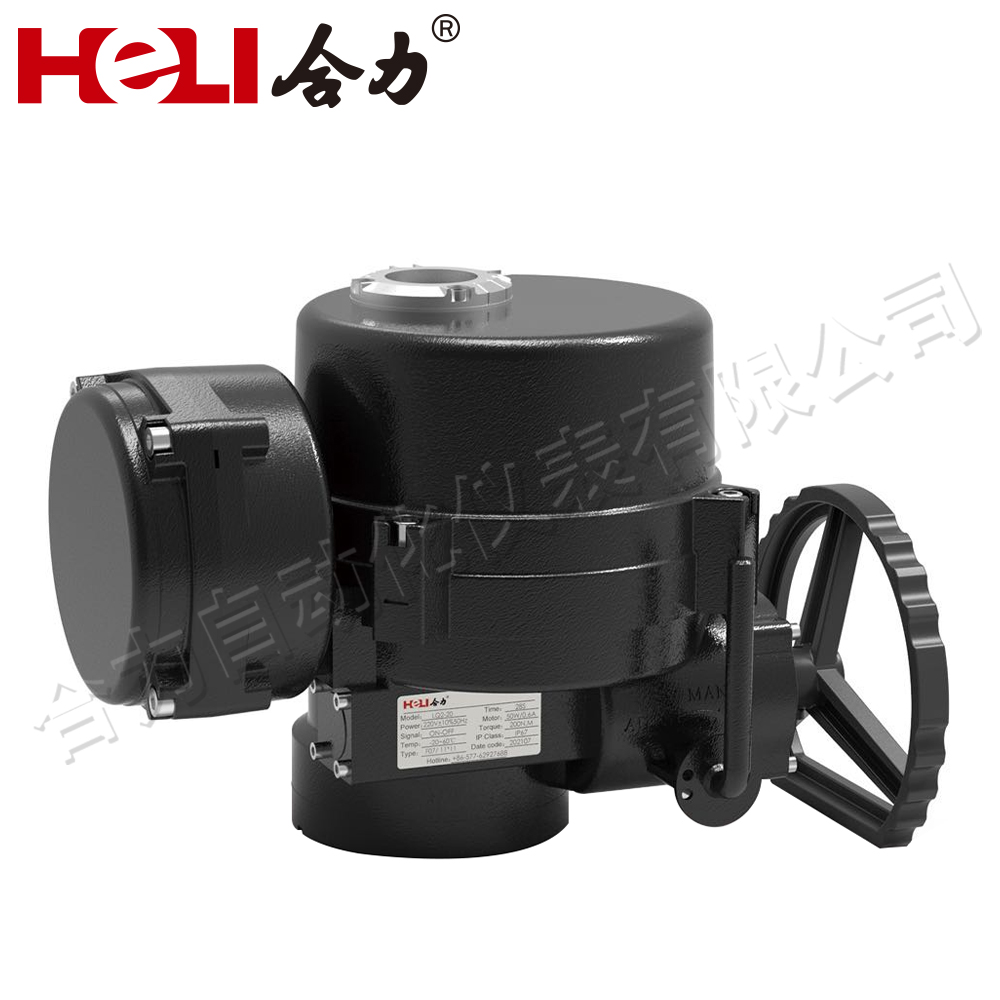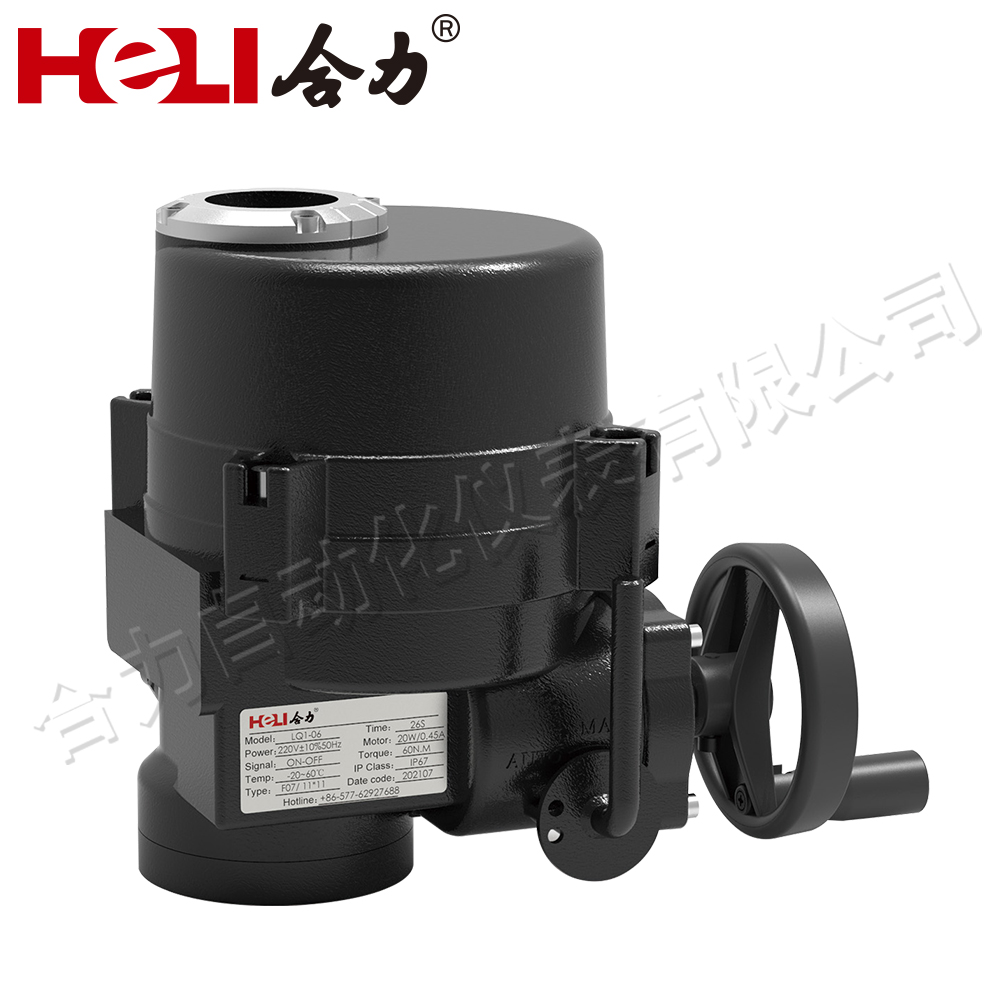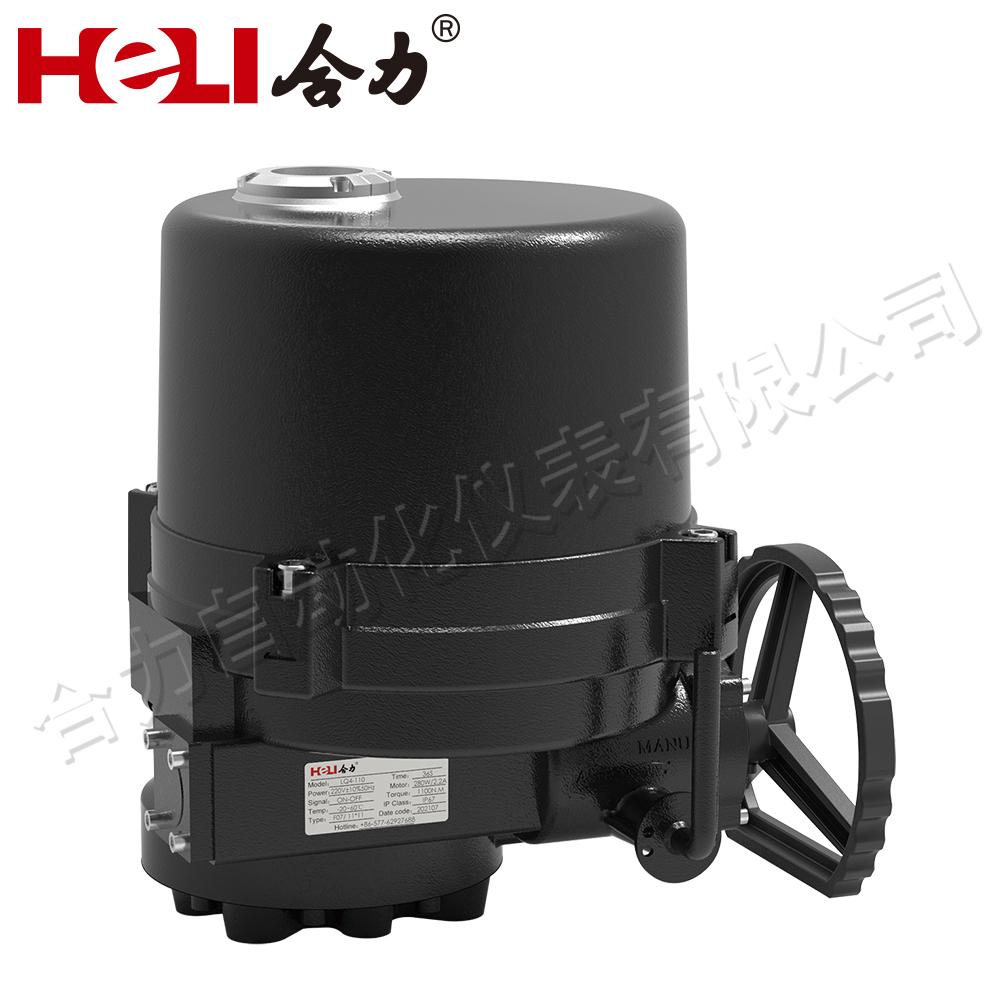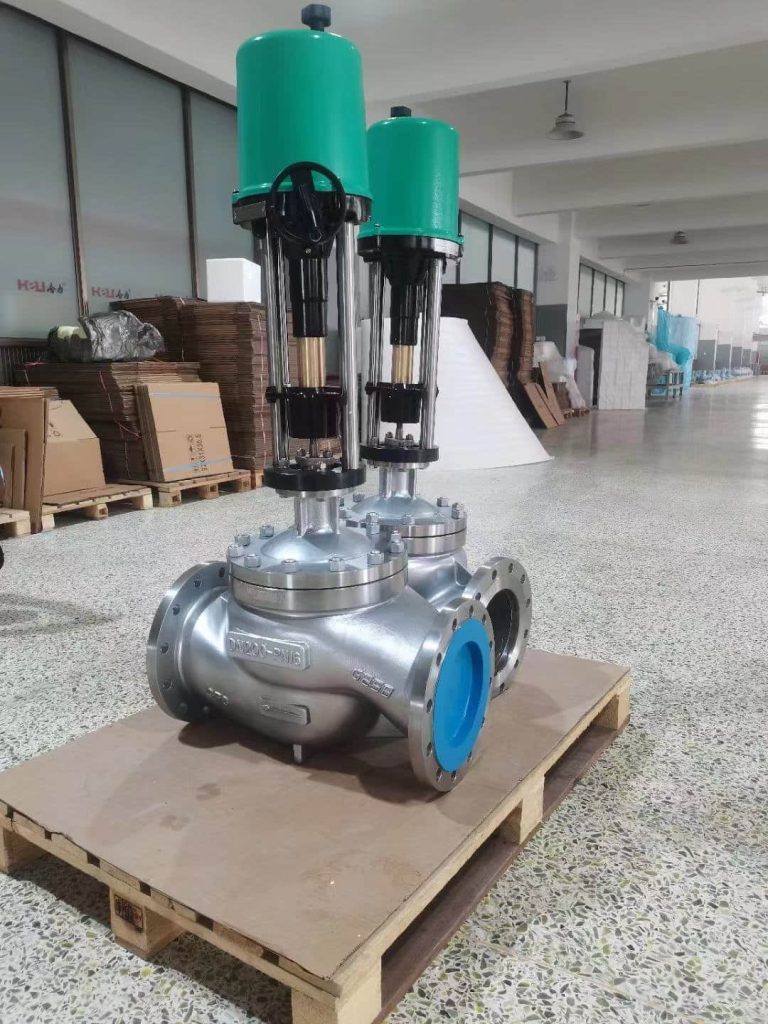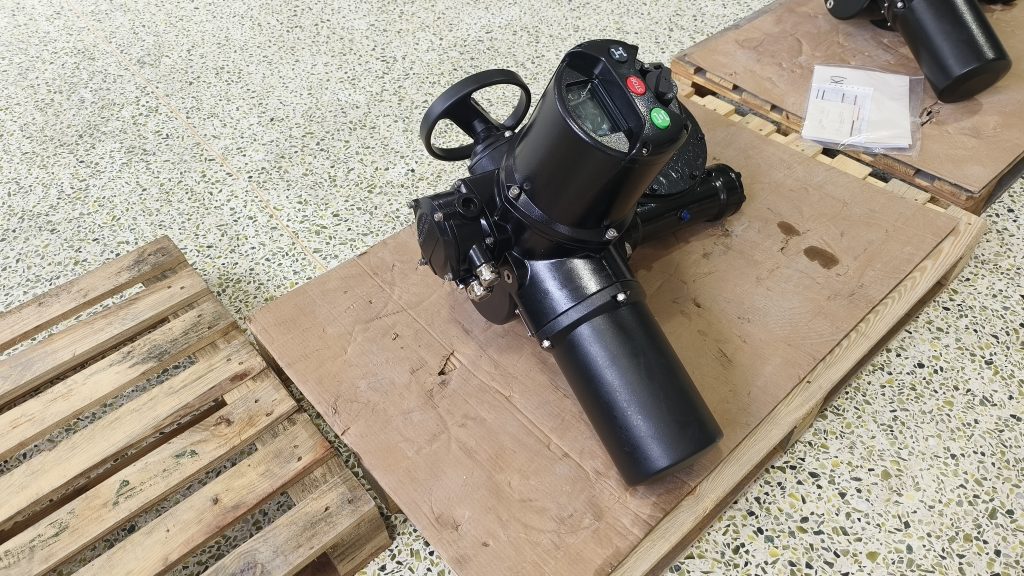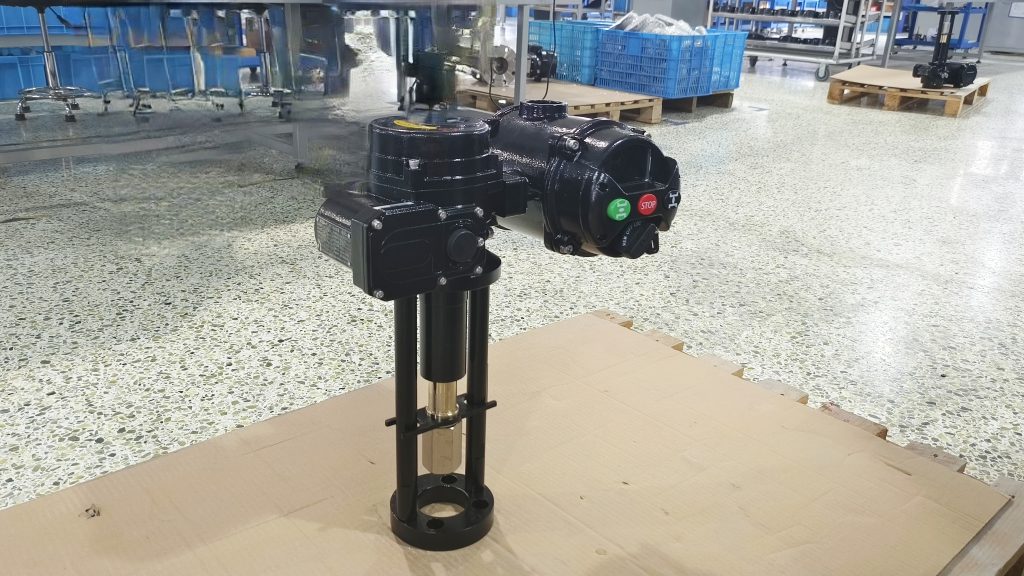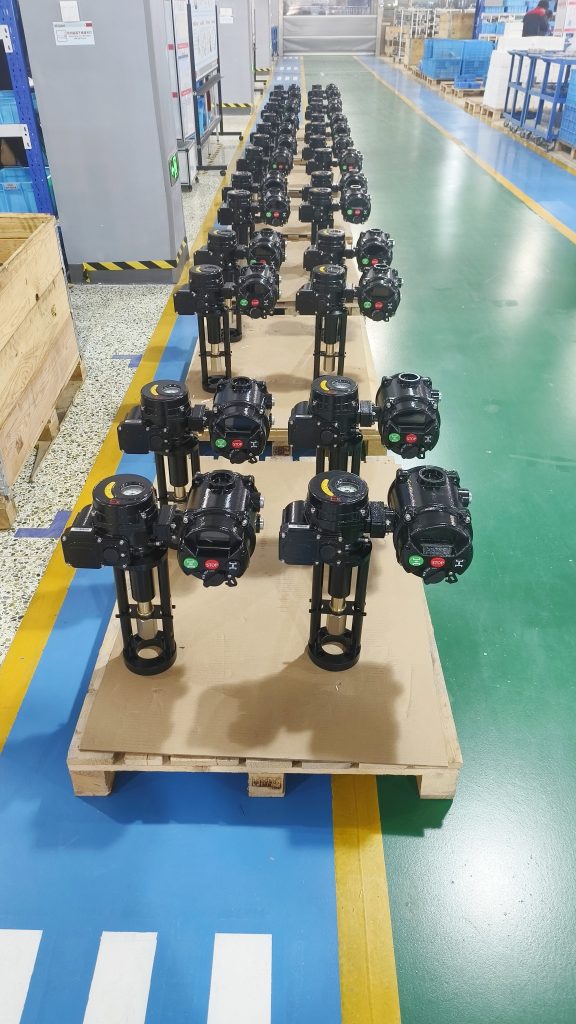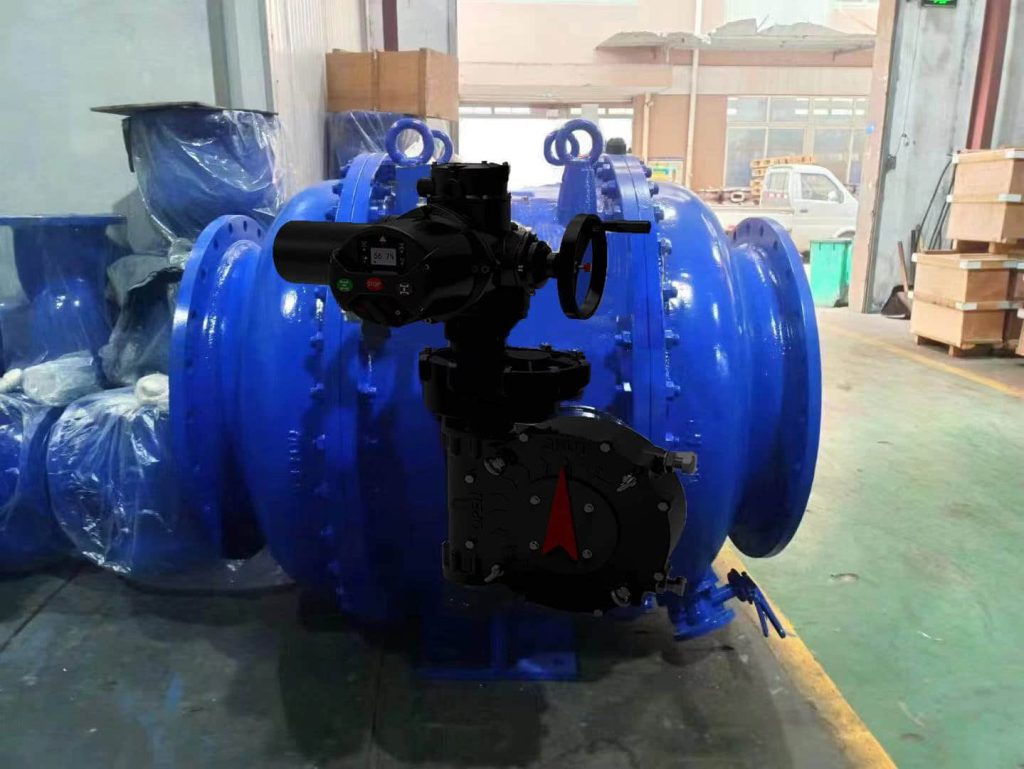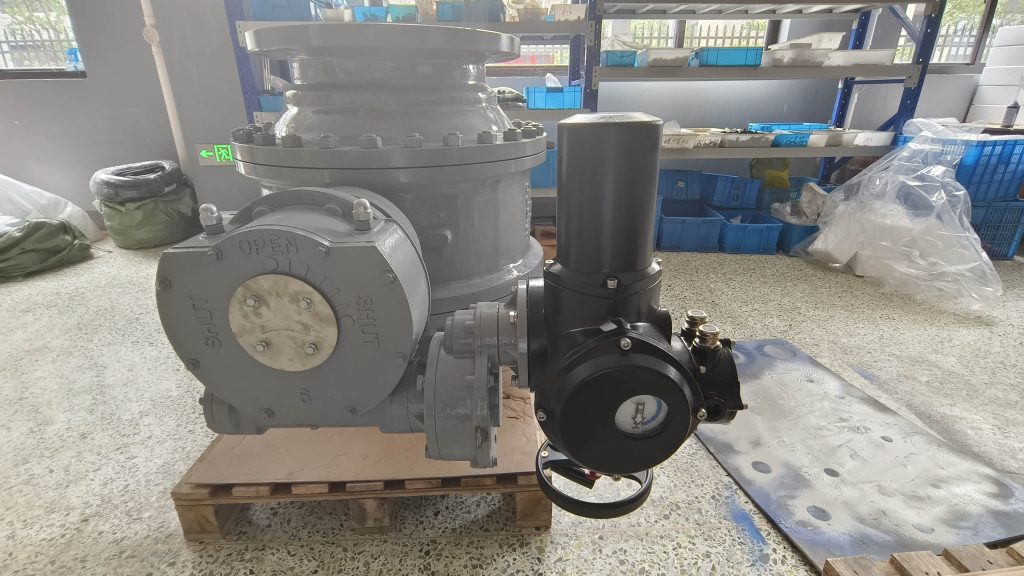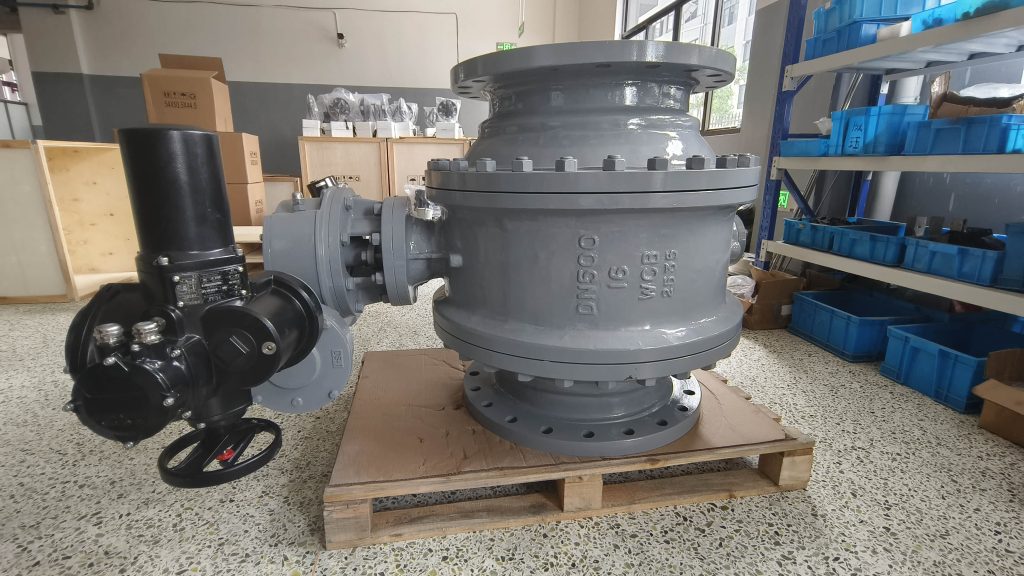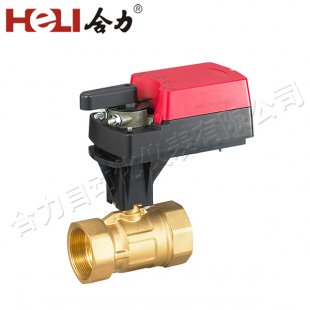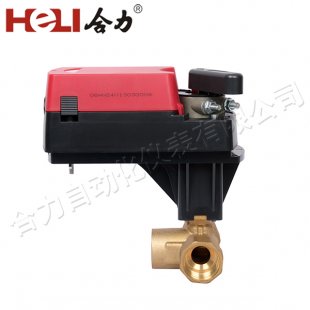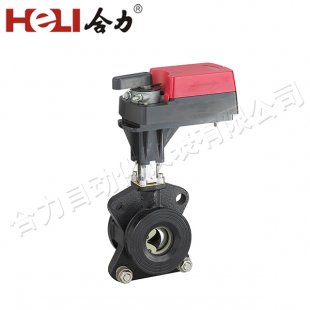In recent years, the world has seen a growing urgency to transition to renewable energy sources to combat climate change and ensure sustainable development. Among these emerging technologies, hydrogen energy and photovoltaic systems stand out for their potential to revolutionize the energy landscape. The integration of hydrogen energy with photovoltaic (PV) systems through innovative devices like electric valves represents a significant step towards a cleaner, more efficient future.
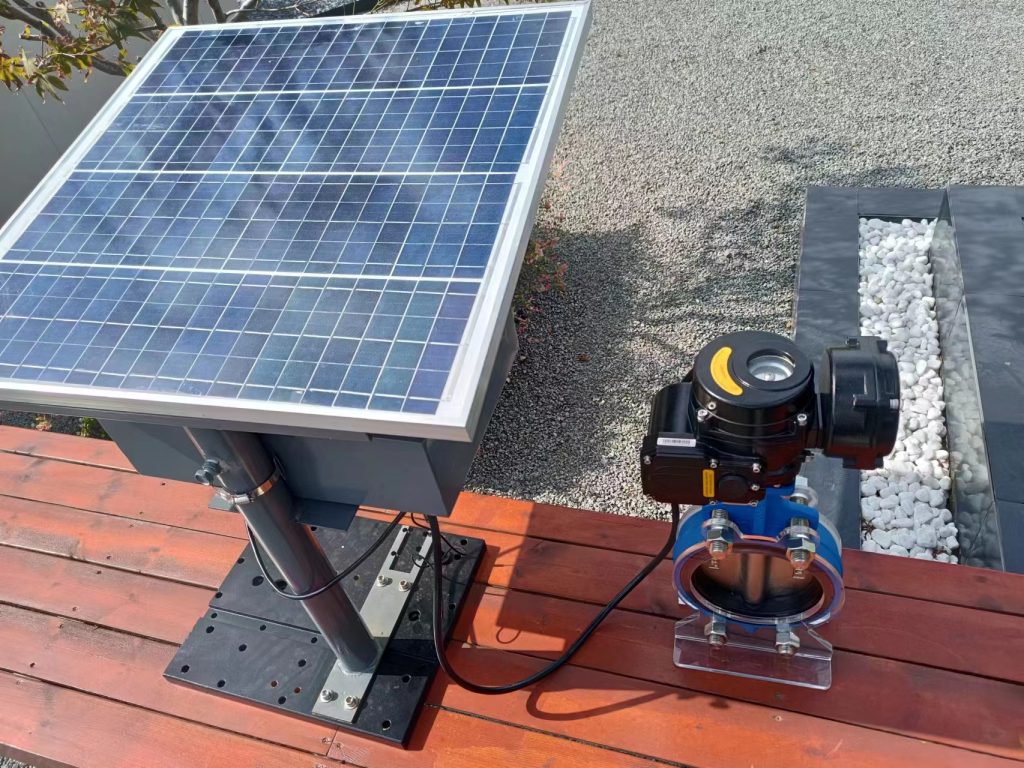
Understanding Hydrogen Energy
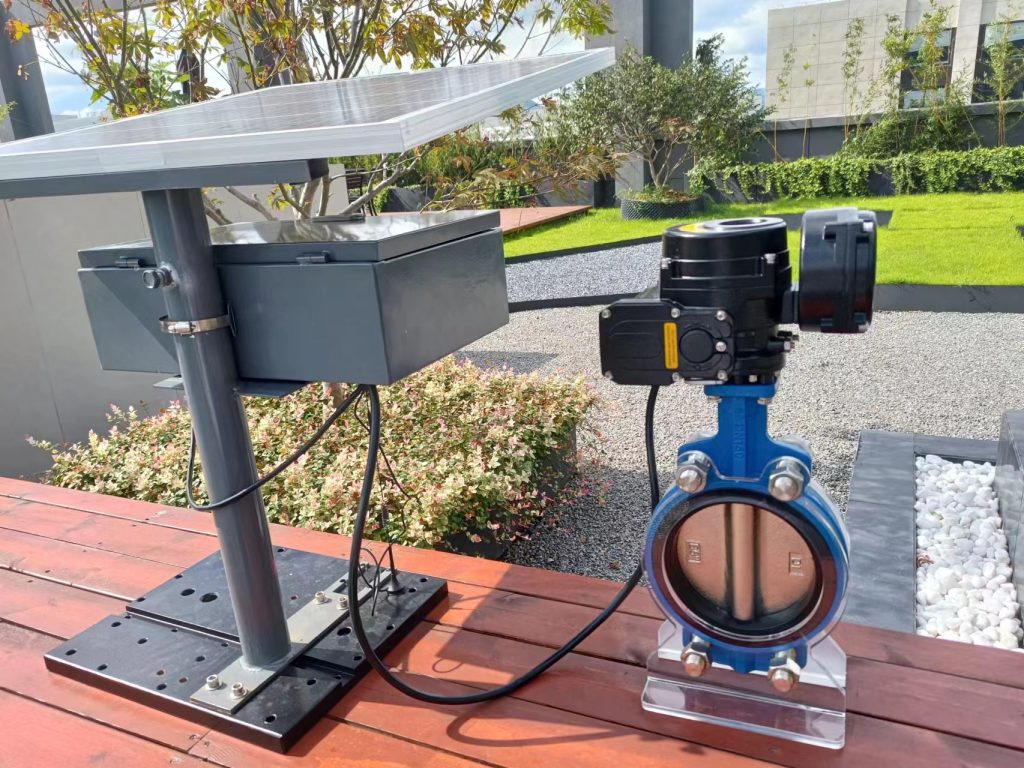
Hydrogen is the most abundant element in the universe and can be harnessed as a clean energy carrier. When hydrogen is used as a fuel, it produces only water vapor as a byproduct, making it an environmentally friendly alternative to fossil fuels. The process of producing hydrogen can occur through various methods, including electrolysis, where water is split into hydrogen and oxygen using electricity. This is where the synergy between hydrogen energy and photovoltaic systems comes into play. The Role of Photovoltaic Systems Photovoltaic systems convert sunlight into electricity using solar cells. As the cost of solar technology continues to decrease, PV systems have become an attractive option for both residential and commercial applications. By generating electricity from the sun, these systems can provide a sustainable source of power for electrolysis, enabling the production of hydrogen without carbon emissions.
